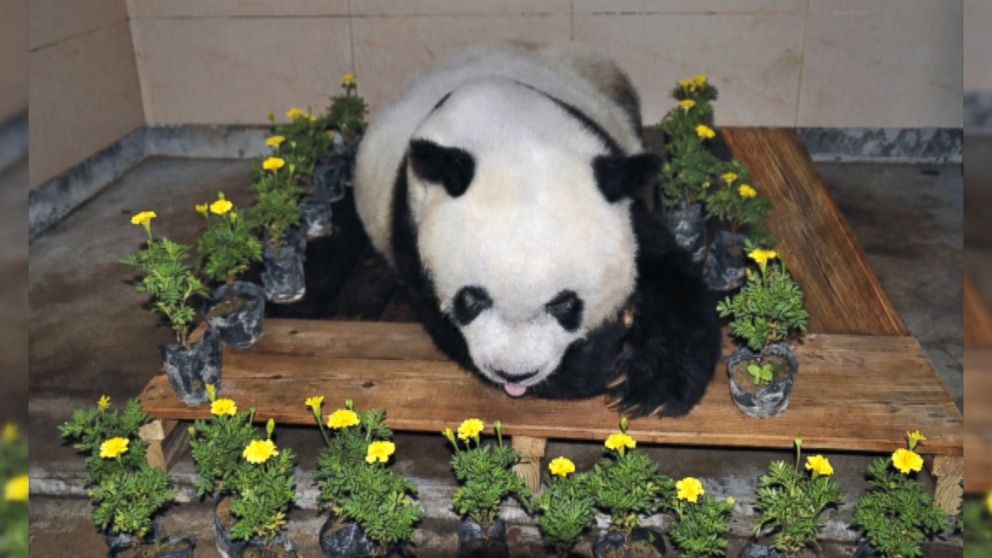
The environment will be good enough to support wildlife in the long run. Without pollution, we can avoid climate change. If we stop using harmful or toxic materials, we can contribute to the prevention of pollution. Then, the wildlife will continue to exist. In this way, the cut trees will have replacements. We can replant trees in different abused and damaged forests. Here are the things that we should do to preserve the giant panda environment. If we cannot stop doing it due to important demand, we should at least compensate for the actions that we do. We should undo the things that harm the natural environment. How can we help to preserve the giant panda habitat? Photo Source: Intelligent Living This may result in a drought that is very dangerous to the natural habitat. This results in abnormalities in the climate, such as the warming of the planet. The continuous accumulation of harmful chemicals causes the depletion of the ozone layer. Humans keep on using different materials that contain harmful chemicals for the atmosphere. And it destroys the natural habitat of the wild animals. Due to the human demand for space, wildlife space is taken for granted. Humans are using the space to build infrastructures for housing, business, and many others. Modernization brought a lot of changes in the world, that includes the wildlife space invasion. The saddening part is that the trees will not grow instantly and it will take years for them to be a good shelter for the animals again. The trees and bamboo that serve as the natural habitat of the animals like pandas are cut down to make expensive furniture and more. These include illegal logging, human invasion, and global warming. Human beings are the main cause of the loss of giant panda habitat. The Giant Panda Habitat Loss Photo Source: Green Matters The habitat is more likely shrouded by heavy clouds with torrential rain or dense mist.The habitat has an elevation of between 1,200 to 3,100 meters above sea level.The province of Sichuan is also known as the Home of the Giant Pandas.The giant natural habitats are only found in the temperate forest of Central China.



In the wild, they live in a temperate rainforest. If the temperature went higher than 25 degrees, it can cause heat stress. For them to stay healthy, they have to live in places with temperatures below 25 degrees Celsius. Giant pandas prefer to live in cold places. Most importantly, to help them improve their conservation status.

They take good care of them in a zoo to increase the number of visitors. Some countries rent giant pandas from China and place them in their captivity. And those are the main reasons why they consider it as the Home of Giant Pandas.įurthermore, we can find different artificial habitats of the giant pandas across the globe. It is also the place with the most number of giant pandas. Moreover, we can find the most popular giant panda captivities in Sichuan province. The Min (Minshan) and Qin (Qinling) mountain ranges lie in those provinces. In Central China, we can locate the Sichuan, Shaanxi, and Gansu provinces. The Giant Panda Habitat Map Photo Source: ScienceDirectĬhina is the land of the giant pandas. They use the pandas for tourist attractions and breed them in captivity. Here, they live in close quarters and under human care. These types of accommodation for giant pandas exist in some countries around the world. These include animal captivities like zoos and breeding centers. Here, wild giant pandas live freely in their tree dens near the bamboo forests. Inside these rainforests lie patches of thick understories of bamboo, which we call bamboo forests. These are the temperate rainforests of Min and Qin mountain ranges located in Central China. We can classify giant panda shelters into two: the natural habitats and the artificial habitats.


 0 kommentar(er)
0 kommentar(er)
